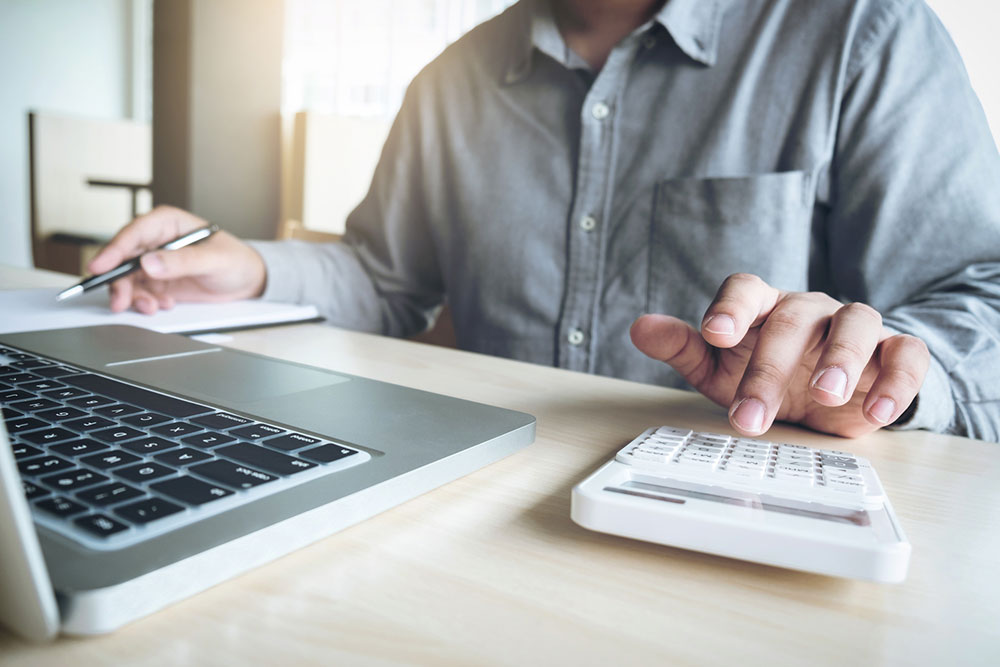
9 things to consider when investing directly in bonds
Bonds are relatively low-risk investment options that can provide a good source of income. These days , people investing in bonds have multiple choices, like debt securities from corporate firms and government bonds. One can also diversify their portfolios by blending stock and bond securities. Doing so helps lower the risks while increasing the chances of a good return. But before investing in bonds directly, one must understand certain essential aspects.
Maturity
While some bonds are long-term investments with long lock-in periods, others are short-term bonds that mature quickly. One should check the maturity periods of different bond investments and choose the best option based on their preferences. The longer the lock-in period, the more one has to wait before they receive their money back, and vice versa. So, if one’s objective is to earn income from the bond a few years later or after retirement, a bond with a longer lock-in period works. But if the objective is to invest for a short period, one should go for bonds that mature quickly.
Secured and unsecured bonds
Bonds are commonly bifurcated as secured and unsecured. Secured bonds are the ones in which the issuer secures the debt investment with a certain asset they own. That means the bond issuer pledges their collateral, such as a house or vehicle. If they cannot pay the debt, this collateral can be sold to clear the bondholders’ dues. The drawback here is that it can lead to a colossal loss if the collateral is the only asset the bond issuer owns. In the case of unsecured bonds, the debt investment is not secured with any such asset. So, one needs to be careful as the chances of a loss are high.
Creditworthiness
It is only worth investing in a bond if one receives the principal amount and interest on time. For this reason, investors should verify the bond issuer’s creditworthiness beforehand, checking how likely they are to repay the principal amount and make interest payments immediately after the bond’s maturity. One way to check a company’s creditworthiness is to assess its net asset value, financial objectives, sales turnovers and revenue, profits or losses, and past repayment records. Such details can help understand if the company has the means to repay the amount and make interest payments. One can even directly check the credit ratings of a bond to determine whether it is worth investing in.
Coupon rate
Coupon rate is essentially the interest rate the issuer needs to pay the holder every year. The bondholder must know the coupon rate because it can affect the returns they receive. This coupon rate depends on various factors, including market conditions, the issuer’s creditworthiness, the bond’s maturity and type, etc. So, before buying a bond, one should confirm the coupon rate with the lender.
Corporate and government bonds
Another crucial thing to do before investing is to check who is issuing the bond. Private companies issue corporate bonds when they require a certain revenue to run their business, while the government directly issues government bonds. Each of these bond types has pros and cons. For example, government bonds are considered very low-risk but may not yield high returns. On the other hand, corporate bonds usually have high returns but might be relatively risky. So, whether to opt for corporate or government bonds should depend largely on one’s risk tolerance level and expectations regarding the interest.
Taxes applicable
While the interest earned on most bonds is taxed, some bonds are tax-free. These bonds are obviously more cost-saving in the long run, but whether to invest in them depends on their potential returns and risks. Still, it is a good idea to explore tax-free bonds and check if any option perfectly balances risks and returns.
Liquidity
Liquidity refers to how easy it is to sell off a bond in cash. Government bonds are usually more liquid than corporate ones, but this is not always true. Liquid bonds tend to be low-risk and have lower lock-in periods. But one should research these bonds well before investing in them.
Callability
Sometimes, bond issuers pay off a bond before it matures. They usually call their bonds in this way if they happen to borrow at better rates. Since callable bonds offer better coupon rates, many investors prefer them.
Yield to maturity
This term refers to the aggregate returns one will earn from an investment after it matures, considering the individual reinvests the periodic interest payments they receive. Yield to maturity is expressed as a percentage of the current market rate. It helps investors understand the nature of the total returns they will likely receive from the bond.
Bonds are a low-risk, high-return investment option, provided one researches well and chooses the right options. The key to investing in bonds is understanding one’s investment goals, risk tolerance levels, expected returns, and other key factors and researching the issuer’s creditworthiness. While doing this can take time and effort, it helps one get the most out of their bond investment. Those considering this investment avenue for the first time or needing help can speak to a financial expert.


